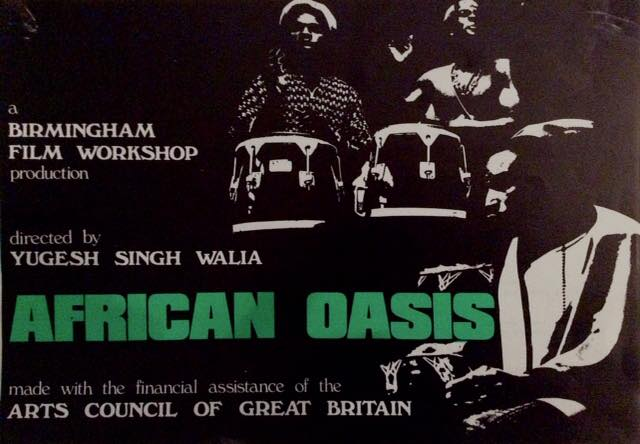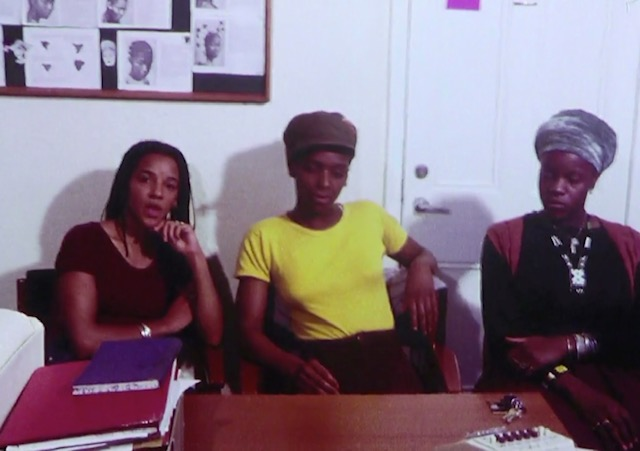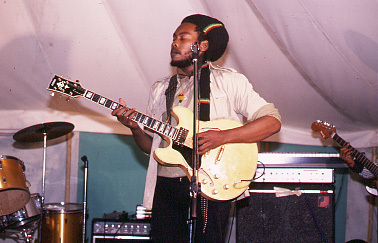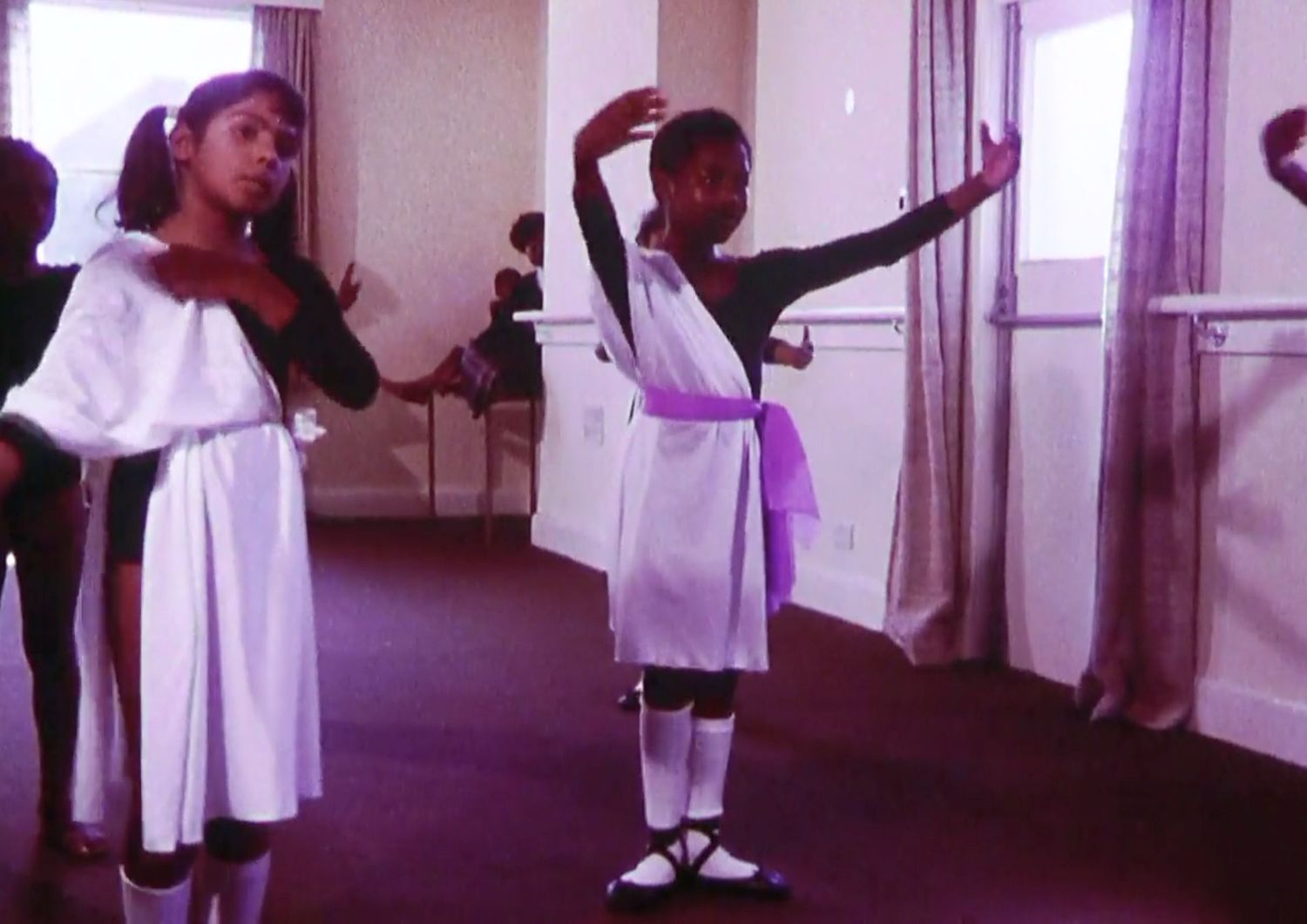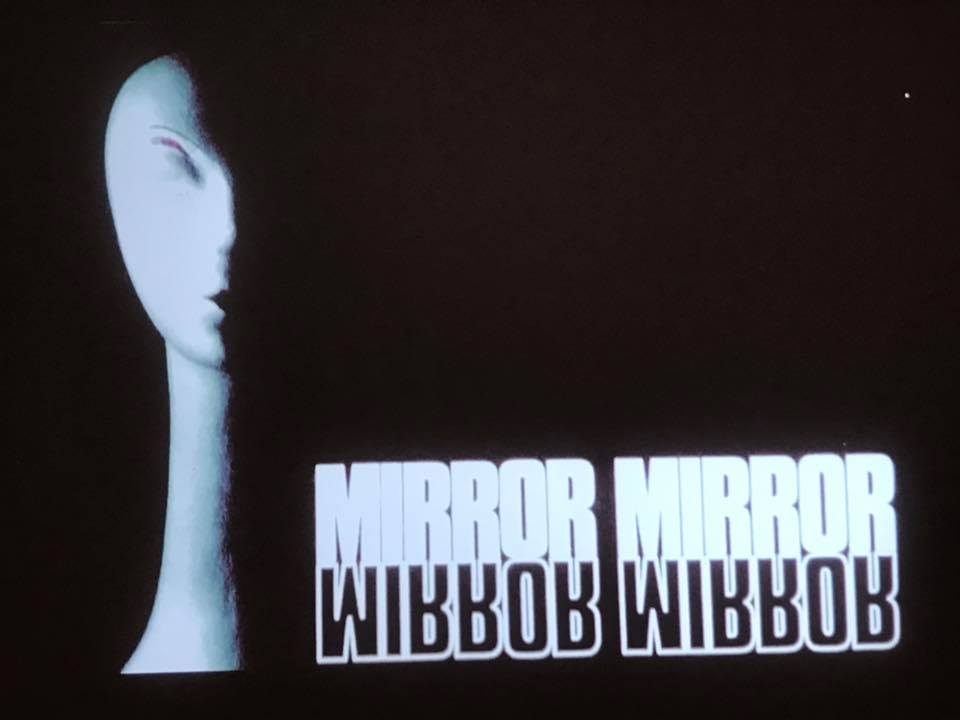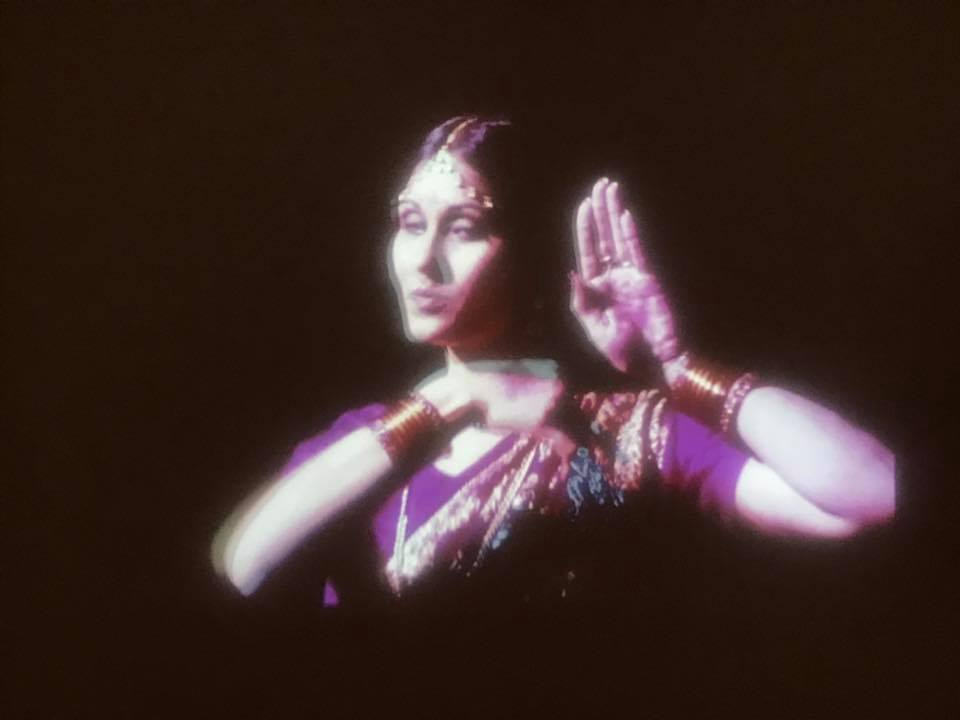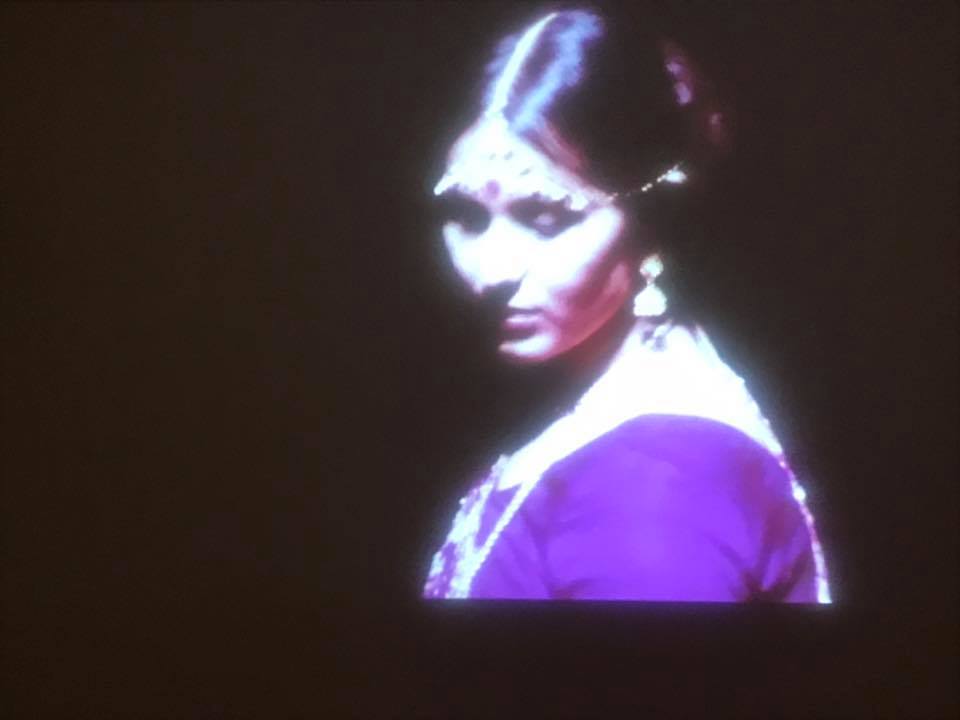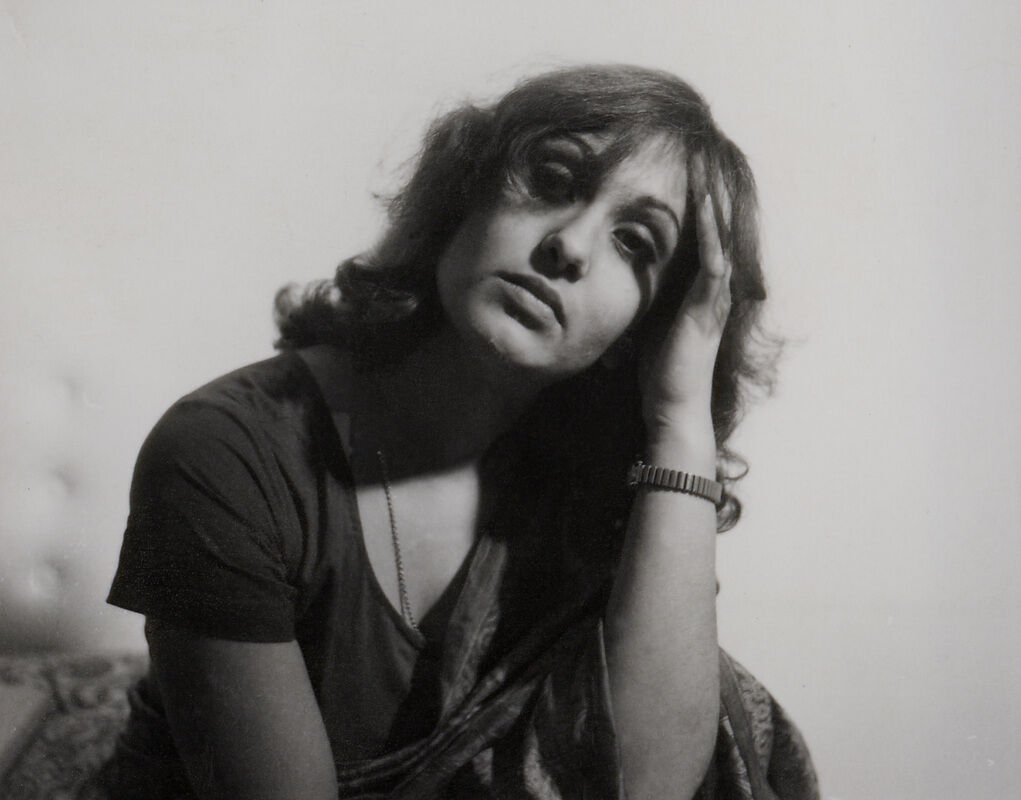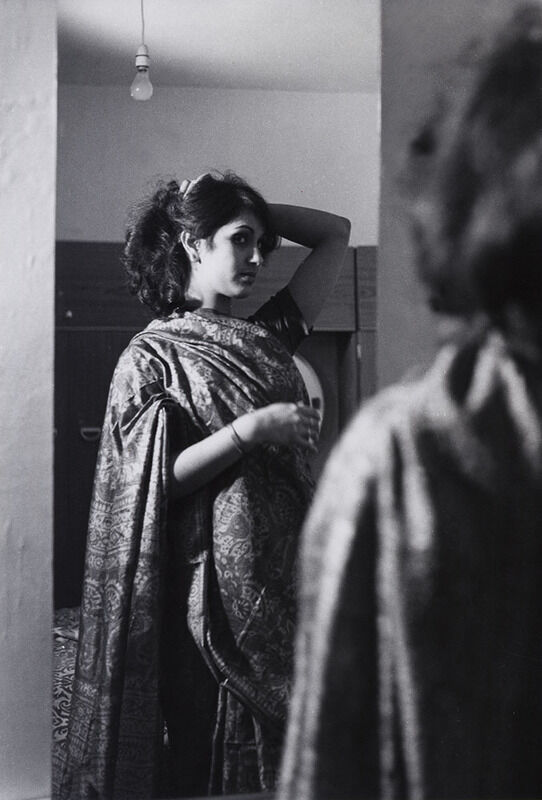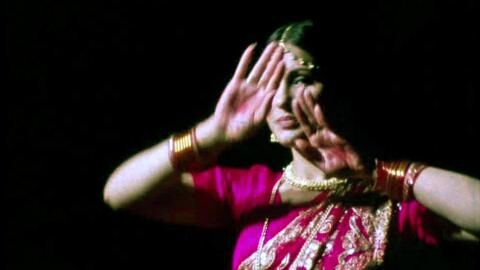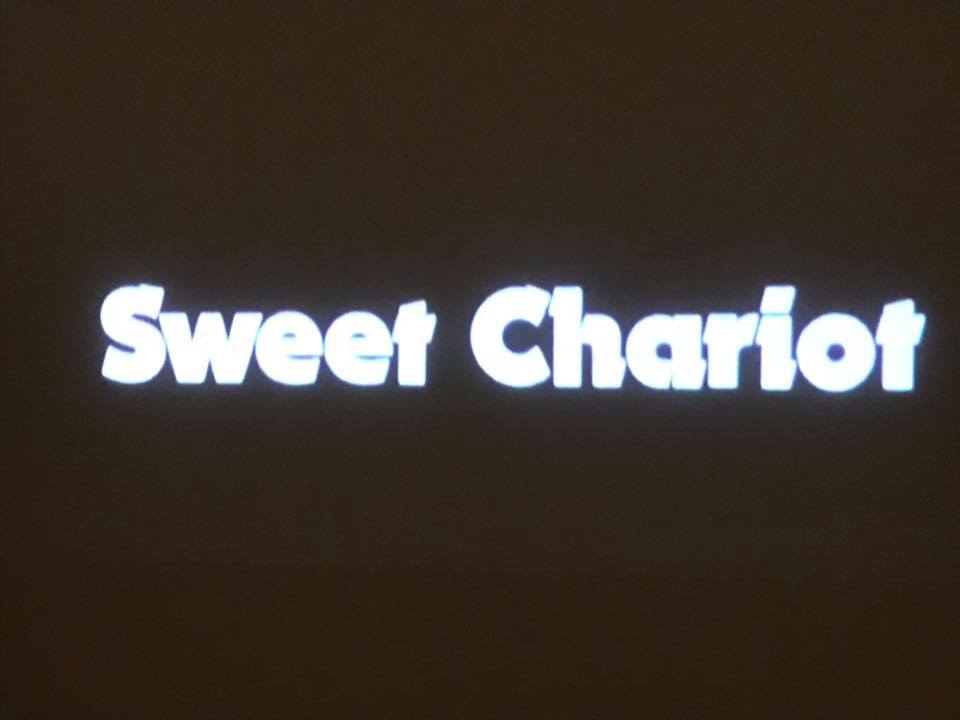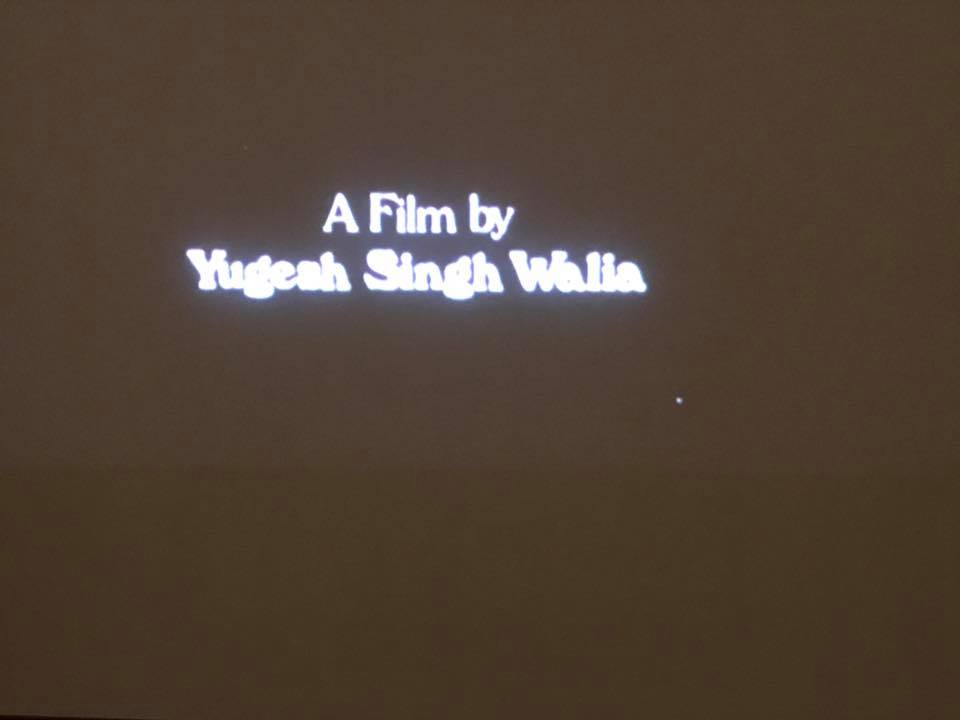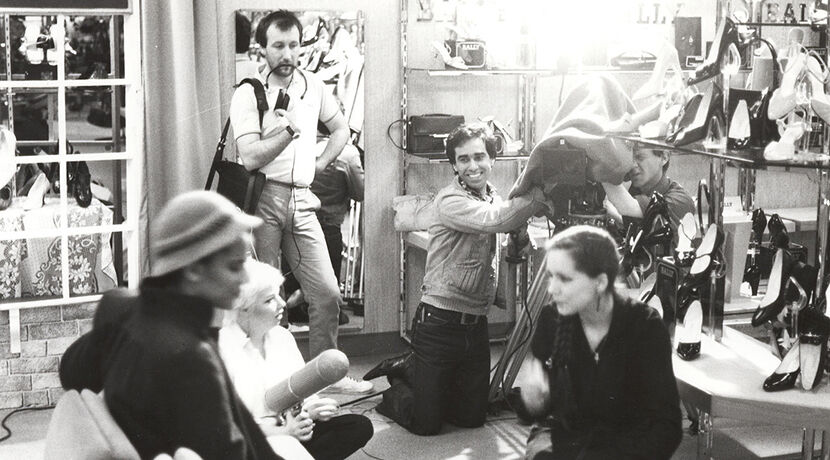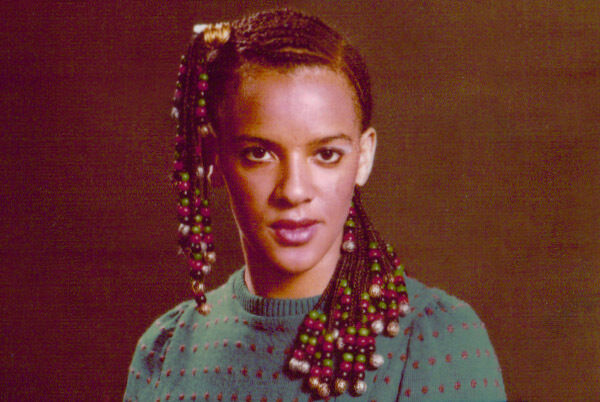Exhibitions
The online DSMN exhibition is designed to create an inclusive space for the presentation and archiving of material (of any sort) related to the production, distribution, exhibition or reception of Black British and British Asian screen media. This could be ticket stubs, posters, images, memes, festival related advertising or promotional material or anything else you think deserves a platform and might be of interest to others. We're aiming to collate all of these into a virtual online exhibition that shows just how important, and central to our lives, Diaspora screen media has been, and continues to be.
Between Today and Tomorrow 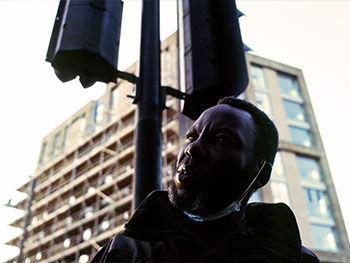
Keifer Nyron Taylor
Between Today and Tomorrow is dedicated to the gully corner champions of Brixton, some experiencing poverty, addiction and physical infirmities amid the district’s sweeping urban redevelopment. It is a personal record, an attempt to preserve a place and its residents whom Keifer has grown close to.
The series title refers to this ambiguous, transitional space, holding the promise of change but also the dangers of a circular routine. It is important to know that this routine is not limited to addiction. It may revolve around financial struggles and physical impairments impeding abilities to work. Others manage the trauma of institutional racism in the army and their days on the frontline in Kosovo. Now their frontline stretches along Brixton road. While gentrification persists in this district, the photo series centres on the resilient spirit of locals undergoing loss, decline and the potentiality for better days.
Lloydie, The Boy From St.Thomas 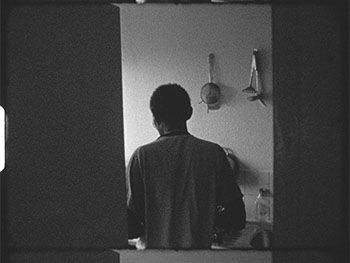
Keifer Nyron Taylor
Taylor's film Lloydie, The Boy from St. Thomas has been featured as part of Commonage’s 2021 screenings. The film was shaped by the intimacy that developed between the artist and his estranged maternal grandfather, spurred on by his terminal illness.
Watch Lloydie, The Boy From St.Thomas
Black Pyramid Film and Video 
Black Pyramid Film and Video Project (BPFVP) was devised in 1993 and ran until the early 2000s. It was conceived from an emerging need to provide training, production and exhibition of Black film outside London. BPFVP was influenced by the likes of Black Audio Film Collective (now Smoking Dogs Films), Ceddo, Sankofa and the wider Black arts movement in Britain of the 80s.
Through the production of films such as (1995), (1995), (1996), (1997), (1998), BPFVP realised ambitions for many Black and ethnic minority filmmakers, as well as providing production experience for aspiring filmmakers and production personnel. The annual film festival in partnership with the Watershed and the BFI’s African Caribbean Unit, led by June Givanni and Gaylene Gould, challenged the social construction and homogeneity of Blackness, by presenting a range of films from across the African diaspora.
BPFVP’s legacy has been the creation of production companies such as First Born and Bush Fires, led by former members of BPFVP, as well as employment opportunities in the creative industries for many others. Since initiatives like Come the Revolution, a collective of programmers from Bristol and Birmingham have maintained the programming of films and events at Watershed since 2015.
Fragments - documentary still 
Sana Bilgrami is an award-winning documentary film maker and lecturer in film at Edinburgh Napier University.
At the turn of the 20th century, Sana Bilgrami’s great-grandfather travelled to Edinburgh from India to study medicine. A hundred years later, coincidentally living in Edinburgh herself, the filmmaker pieces together fragments of memory and archive to invoke a forgotten story of love and sorrow.
Bilgrami's film originally screened in 2012 at the Scottish National Portrait Gallery, in the ‘Migration Stories: Pakistan’ exhibition.
Audience at the Ritz 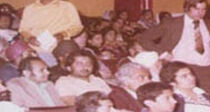
Research by Dr Nirmal Puwar.
Dr Nirmal Puwar's and Kuldip Powar's research and film explores the Coventry cinema going scene at the Ritz cinema. In particular they focus on Indian cinema in the city that was as much about post-war British community social formation, as it was about leisure and entertainment. The film was part of a wider exhibition 'Kabhi Ritz Kabhie Palladium, Coventry’s Asian Cinema Scene 1940s – 1980s' which was held at the Herbert Art Gallery and Museum in 2004.
Find out more here and watch the video here.
Winifred Atwell and her “other piano" 
Winifred Atwell appeared frequently on television, including presenting her own shows on both channels—the new commercial station ITV in 1956 and then for the BBC in 1957—making her ‘the first homegrown black star of British television’ (Bourne 2001, 92). Not only was Atwell the host, but also the programmes were named after her—The Winifred Atwell Show—a situation described by Sarita Malik as ‘unprecedented’ for a black television entertainer in 1950s Britain. Indeed, Malik cites only three such black artists since the 1950s, writing in 2002 that ‘there is a dearth of non-sports Black entertainers with their own peak-time series in British television history (Winifred Atwell, Lenny Henry, Richard Blackwood)’ (Malik 2002, 111, 125). We should see Atwell as an important, even groundbreaking, exception to the fact that elsewhere, ‘the spaces where Black people were involved in television variety were always restricted to the level of performance’ (Malik 2002, 112).
Jenny Bourne, 'The Life and Times of Institutional Racism'. Race and Class. Vol 43. Issue 2, 2001, pp 7-22.
Sarita Malik, Representing Black Britain: Black and Asian Images on Television. London and New Delhi: Sage, 2002.
Ritz Cinema 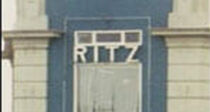
"In the Longford suburb of Coventry, the Dovedale Cinema Company Ltd. submitted plans for a cinema at the junction of the main Longford Road with Dovedale Avenue and Windmill Road in 1928. The Dovedale Cinema subsequently opened on Wednesday 9th January 1929 with “Loves of Cameron” and “The Secret How”. Stalls and circle seated 1,040 patrons.
In 1934 H. T. A. Philpot acquired the licence and changed the name to the Rivoli Cinema.
He apparently relinquished control about 1940. In 1954 W. H. Bassett-Green, having owned the cinema in the 1930s, re-acquired it and renamed it the Dovedale Cinema.
In 1956 ownership passed to C. H. Stanley. He renamed it the Ritz Cinema and installed CinemaScope.
Denton Cinemas purchased the Ritz Cinema around 1958. In 1969-70 it was sold to an Asian consortium, who ran it as a Asian cinema until it closed at the end of 1981. The building was on the market in 1982 for £60,000. Later the exterior brick-work was covered by blue metal cladding.
When I visited, in July 2001, the building was derelict. In ‘Coventry Picture Palaces, Gil Robottom says that it was demolished in 2007. However, Google Street View indicates it was still standing, and for sale, at least until July 2018."
Text quoted from David Simpson's post about the Ritz Cinema taken from: http://cinematreasures.org/theaters/50574
See also Coventry Ritz Cinema (2007) by Nirmal Puwar: http://www.darkmatter101.org/site/2007/03/12/coventry-ritz-cinema/
African Oasis
Film poster and images of creative activities from the Handsworth Cultural Centre including music studios, intro to dance, and Kokuma (the three young women).
Kokuma was an internationally touring dance company based at the Cultural Centre specialising in application of traditional African dance styles.
Mirror, Mirror
A group of Images from the film Mirror, Mirror (Dir. Yugesh Walia, 1980). Tyneside Film Festival, 1980. Yugesh's film was screened at both Edinburgh (August, 1980) and Tyneside (October, 1980) Film Festivals. Read a review of the show here.
Sweet Chariot
Images related to Sweet Chariot (Dir. Yugesh Walia), including production shot of the making of the film and head shot of the lead actress in the film.
